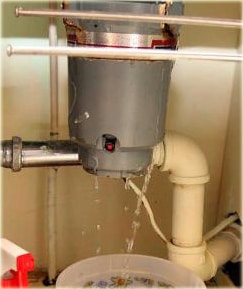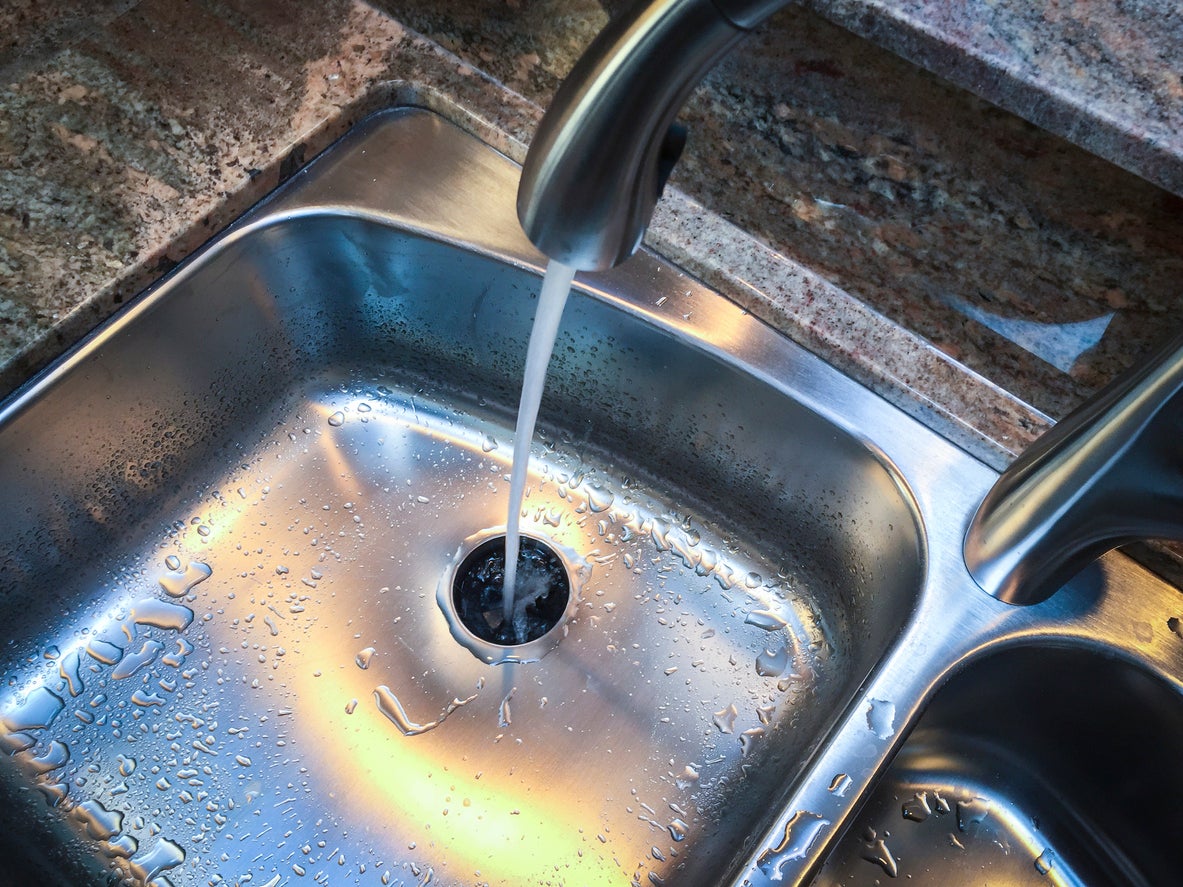Proven Solutions for Fixing a Dripping Garbage Disposal
Proven Solutions for Fixing a Dripping Garbage Disposal
Blog Article
Presented here in the next paragraph yow will discover additional outstanding data concerning Tips on Fixing a Leaking Garbage Disposal.

Garbage disposals are crucial kitchen area appliances that help in getting rid of food waste successfully. However, a dripping garbage disposal can be a frustrating and unpleasant problem to take care of. Luckily, several leakages can be taken care of easily with a few basic actions. In this post, we will certainly talk about exactly how to deal with a dripping garbage disposal efficiently.
Introduction
Waste disposal unit are installed under kitchen sinks and are designed to shred food waste right into smaller pieces, enabling it to travel through the pipes system quickly. While these tools are normally dependable, leakages can occur gradually due to wear and tear, loosened connections, or damage to the device.
Step-by-Step Overview to Fixing a Dripping Waste Disposal Unit
Shut off the Power
Before trying any kind of repair work, make certain that the power to the waste disposal unit device is switched off to prevent the threat of electric shock.
Situate the Leakage
Identify the exact location of the leakage and identify the cause
Tighten up Connections
Make use of a wrench to tighten up any type of loose connections between the disposal unit and the plumbing system.
Change Seals or Gaskets
If the leakage is due to used seals or gaskets, eliminate the old components and replace them with brand-new ones.
Patching Cracks or Holes
For cracks or holes in the disposal device, use epoxy or an ideal patching product to seal the broken area.
Recognizing the Source of the Leakage
Prior to trying to deal with a dripping waste disposal unit, it is important to determine the source of the leakage. This can typically be done through visual examination or by performing easy examinations.
Visual Inspection
Check the garbage disposal unit meticulously for any signs of water leakage. Pay attention to areas around seals, gaskets, and connection points.
Testing for Leakages
One means to test for leakages is by running water with the disposal system and looking for any type of visible signs of leak.
Typical Reasons For Leakages in Trash Disposals
Worn Seals and Gaskets
Seals and gaskets play a crucial function in preventing water from leaking out of the waste disposal unit. Gradually, these components can degrade, leading to leaks around the disposal system.
Loose Links
The links in between the waste disposal unit and the pipes system can end up being loose over time, creating water to leak out throughout operation.
Cracks or Openings in the Disposal Unit
Physical damage to the waste disposal unit, such as cracks or holes in the housing, can likewise cause leaks.
Tools and Materials Needed for Fixing a Dripping Garbage Disposal
Before beginning the repair work procedure, collect the needed devices and products, including a screwdriver, flexible wrench, plumbing professional's putty, substitute seals or gaskets, and epoxy or patching product for fixing cracks or holes.
Checking the Waste Disposal Unit After Repair Service
As soon as the repair is complete, evaluate the garbage disposal by running water via it to guarantee that the leak has been solved.
Preventive Upkeep Tips to Prevent Future Leakages
To avoid future leakages, it is vital to perform routine maintenance on your waste disposal unit. This consists of keeping it clean, staying clear of placing non-food products or difficult objects down the disposal, and regularly checking for leakages or other issues.
Conclusion
Finally, fixing a leaking waste disposal unit is a relatively uncomplicated process that can be finished with basic tools and materials. By adhering to the actions outlined in this post and practicing preventative upkeep, you can maintain your waste disposal unit in good working condition and stay clear of pricey repairs in the future.
HERE’S HOW TO FIX YOUR GARBAGE DISPOSAL
WHAT TO DO IF SOMETHING IS STUCK IN YOUR GARBAGE DISPOSAL
If the impeller won’t turn, there’s probably something stuck in the disposal. It could be a steak bone or peach pit, although plumbers report pulling all sorts of inappropriate objects out of disposals, such as bottle caps or aluminum foil. Make sure power to the disposal is off, and look inside to see if you can see the source of the jam.
Never stick your fingers in a disposal. Pull out anything you see with tongs or pliers.
If the disposal still won’t work, it may be time to call a plumber or consider buying a new disposal. GEM Plumbing & Heating is here for all of your garbage disposal needs.
WHAT TO DO IF YOUR GARBAGE DISPOSAL DRAIN IS CLOGGED
Take everything out from underneath your sink and put a bucket or other container under your disposal to catch any water that drains out. Disconnect your disposal from the power supply. If it’s plugged into a wall outlet, unplug it. If it’s hardwired into an electrical box, go to the electrical panel and turn off the breaker for the disposal. Pour ¼ cup of baking soda into the drain, followed by ½ cup of white vinegar. Give the solution a few minutes to fizz and do its work. Look into the disposal with a flashlight to see if you can see an object that might be causing the clog. If you see it, remove it using tongs or pliers. MORE TIPS ON DEALING WITH A CLOGGED GARBAGE DISPOSAL
Never use drain cleaner in a garbage disposal. It can damage the plastic parts inside the disposal. You can also be splashed with the caustic liquid while working to clear the clog. Beware! Never stick your fingers into a garbage disposal. Trust us — not a good idea. In many instances, your dishwasher drains through your garbage disposal. This allows the disposal to grind any large food particles that may be drained out of your dishwasher. There are some jurisdictions, however, where the plumbing code prohibits such a connection. WHAT TO DO WHEN YOUR DISHWASHER DRAINS THROUGH THE DISPOSAL
Run some water in the sink so your plunger has at least a ½-inch of water to create a seal and plunge vigorously up and down several times. You may need to repeat this several times. Run hot water down the drain to clear any residue that remains.

Do you really like reading up on Why Is ? Put feedback further down. We would be delighted to listen to your insights about this blog posting. Hoping that you come back again soon. Do you know about somebody who is serious about the niche? Be sure promote it. I praise you for your time. Kindly pay a visit to our blog back soon.
Pricing Report this page